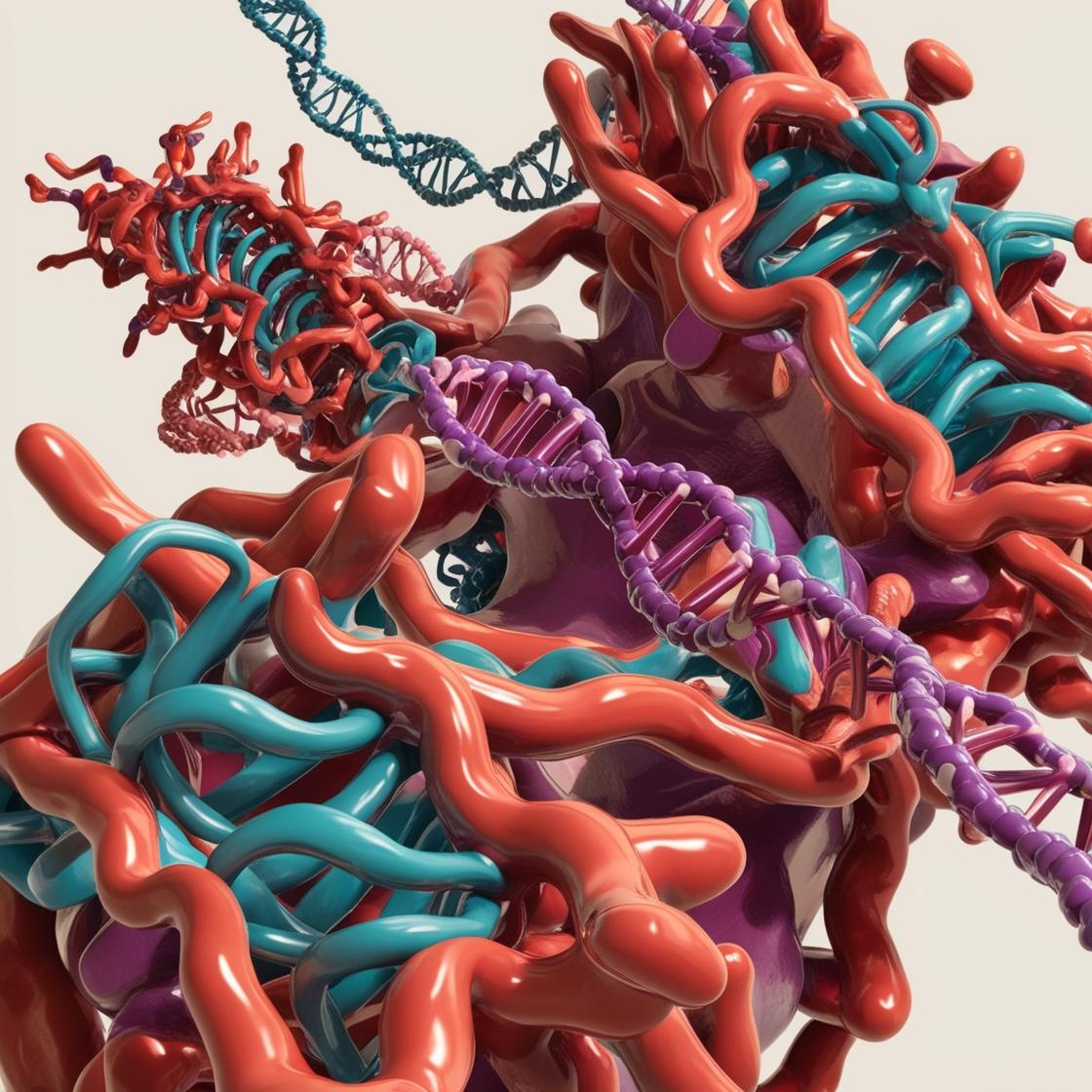I’ve been fascinated for years by the mystery of protein folding—the process where an amino acid chain takes on a three-dimensional shape, which determines its function. Traditional research methods, like X-ray crystallography or cryo-electron microscopy, require a lot of time and massive financial resources. The AlphaFold system created by Google DeepMind has revolutionized protein structure research.
Artificial intelligence is starting to play a significant role in natural sciences
AlphaFold analyzes protein amino acid sequences and evolutional data. The model looks for related sequences in databases such as UniProt. This way, it’s possible to recognize homologous sequences and use this information to predict the protein’s spatial structure. The main element is multi-sequence analysis (MSA), which allows to recognize preserved structural patterns. Then, the Evoformer module processes these data, which allows to predict the interactions between amino acids and the structure of the protein’s spatial model. The AlphaFold 3 version also features diffusion networks, which start from a random atom distribution, and then shape the stable structure considering the interactions with other biomolecules. The last stage is validating the model using indicators like pLDDT, which assesses the prediction accuracy within local structures, and pTM-score, which informs about the correctness of the protein’s global spatial organization, considering the relative position of its domain and structural elements.





